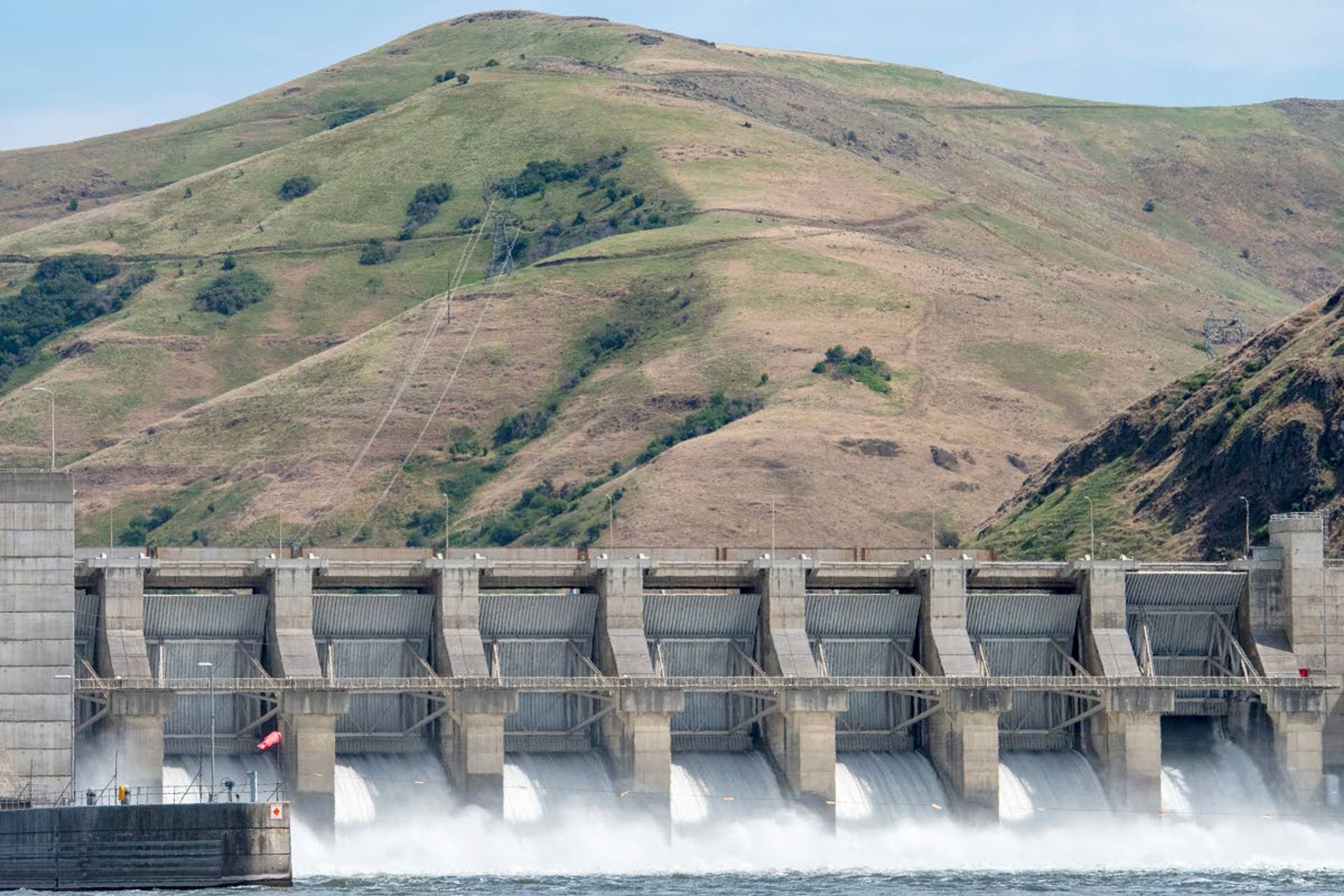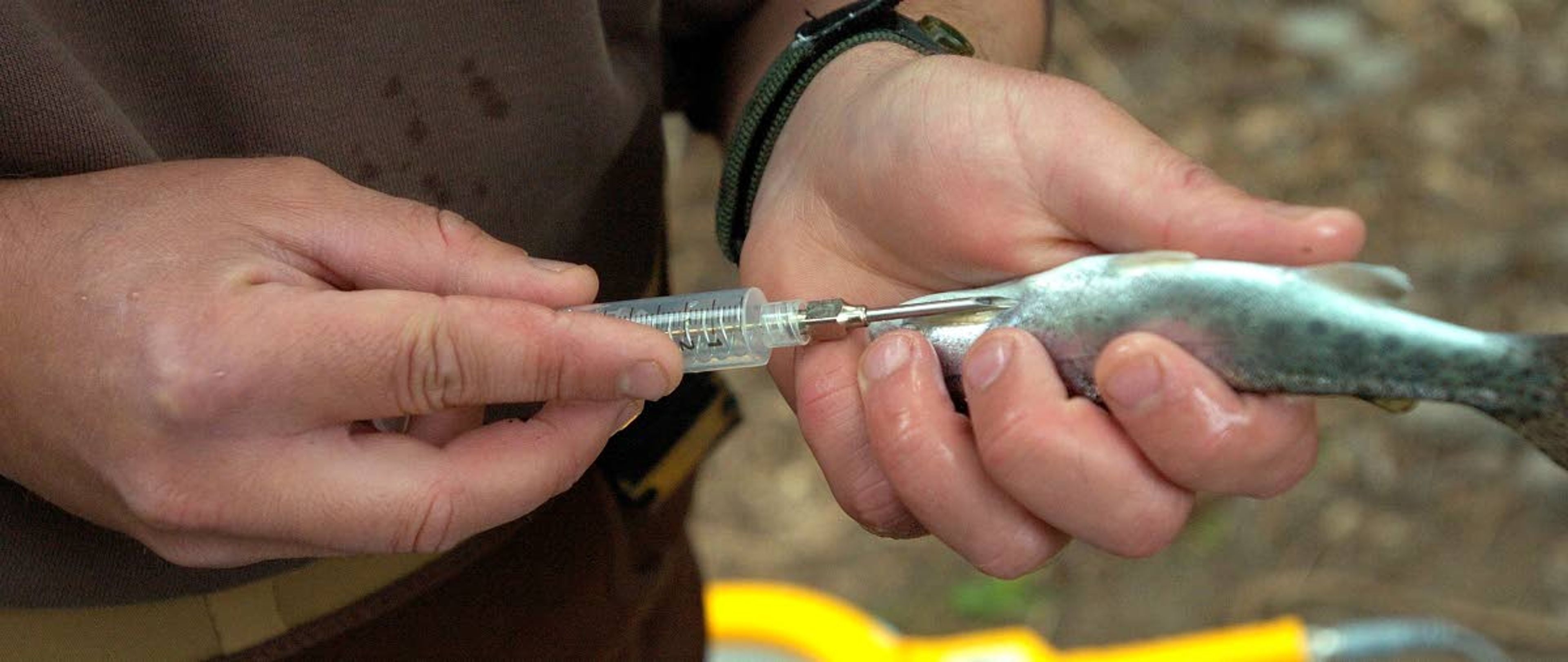Clearwater River on tap for below-average flows
Spill at dams on Snake and Columbia rivers starting earlier
The mountain snowpack has improved across much of the Pacific Northwest but is still looking bleak in northern Idaho and much of Washington.
As of Wednesday, the mountains that feed the Clearwater River and its tributaries were holding a snowpack that was 72% of average. That’s roughly a C-minus in most classrooms and, barring a late-season chain of atmospheric rivers that deliver mountain snow instead of rain, the Clearwater Basin is likely to have an earlier-than-average runoff and low flows in the summer.
It’s roughly the same picture as you move north from the Clearwater up into Canada. Snowpack averages are mostly in the 70% to 85% range.
Move one basin to the south and things are somewhat rosier. Central Idaho’s mountains that deliver water to the Salmon River are holding a snowpack that is 90% of average — just high enough to rate an A-minus.
Move to the west and the lower Snake River Basin, which includes part of the Blue Mountains, has a B-plus snowpack — 89% of average.
The upper Snake and Middle Snake river basins are both north of 100% of average, as is much of Oregon. Give them an A-plus rating with gold stars.
At 66% and 68% of average, the mountains of Coastal Washington and the Puget Sound region are suffering. It might be summer school for them. All together, the mountains of the Columbia River Basin are holding snow that should deliver a water supply about 83% of average.
Flows for fish
The hydrology of the Pacific Northwest and much of the West is driven by winter weather. Snow that accumulates in the mountains slowly melts and feeds streams and rivers all summer long. Years with poor snow often bring poor outmigration conditions for juvenile salmon and steelhead as they head toward the Pacific Ocean. Low snow and resulting lower summer flows mean there is less water for irrigators and less water to generate the hydropower the region is known for.
To help juvenile salmon and steelhead reach the ocean, water is spilled at dams on the Snake and Columbia rivers. Spill helps the fish find their way through the dams and is designed to steer them over spillways rather than through turbines or fish bypass systems. Research indicates that each time a juvenile fish goes through a turbine or through a fish bypass system, known collectively as a powerhouse passage, survival goes down.
This year, a new spill regime is in place at the dams. It is part of the agreement between the Nez Perce and other Columbia River tribes and the federal government. It’s not a massive change from the spill regimes of the recent past but there are some notable differences.
It’s a complicated package with many unpredictable variables and it’s easy to get lost in the various possibilities.
Very generally, spring spill is starting earlier, the Snake River dams will spill more water in the spring and some Columbia River dams will spill less water. In the summer, the amount of water spilled will be reduced starting Aug. 1, two weeks earlier than in the past. The Bonneville Power Administration will have more discretion to reduce spill to meet demand for electricity under certain scenarios.
In general, Jay Hesse, director of biological services at Nez Perce Tribal Fisheries, said it should be good for spring migrants — steelhead, spring and summer chinook, coho and sockeye — but not enough to dramatically change survival in a way that would lead to removing them from protection under the Endangered Species Act.
“We are not going to see a super positive response in fish but it is likey a little better and at this point every little bit counts for keeping these fish around,” he said.
The Fish Passage Center predicts wild fall chinook will be harmed by the reduction in summer spill. About 25% of juvenile wild fall chinook migrate downstream after Aug. 1, when spill will be reduced.
Snake River wild fall chinook have been performing better than wild stocks of Snake River spring/summer chinook, steelhead and sockeye.
Steelhead could benefit from one change already underway. Under the old regime, water was spilled through spillway weirs for four hours a day on three nonconsecutive days per week in March. Under the new plan, that spill is happening four hours per day every day.
It is designed largely to help adult steelhead move downstream. Steelhead return during the summer and fall but don’t spawn until the spring. In the summer and fall, some of them swim past the tributaries in which they will eventually spawn and need to get back downstream. For example, steelhead bound for the Tucannon River sometimes swim past its mouth and climb the fish ladders at Little Goose and Lower Granite dams and spend the winter far upstream of the Tucannon.
Unlike salmon, steelhead don’t always die after spawning. They have the ability to return to the ocean and repeat the cycle. Those fish, known as kelts, are also helped by the water spilled at the dams.
Barker may be contacted at ebarker@lmtribune.com or at (208) 848-2273. Follow him on Twitter @ezebarker.











